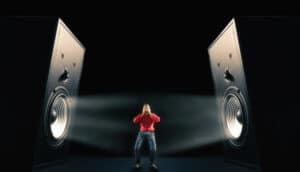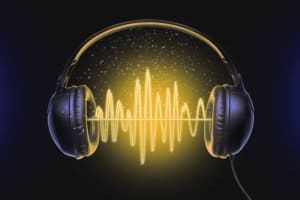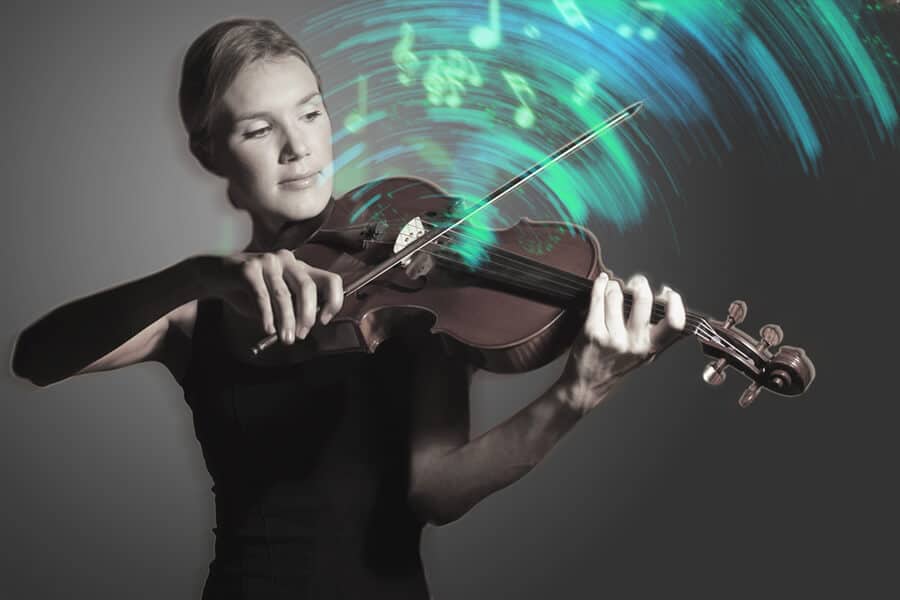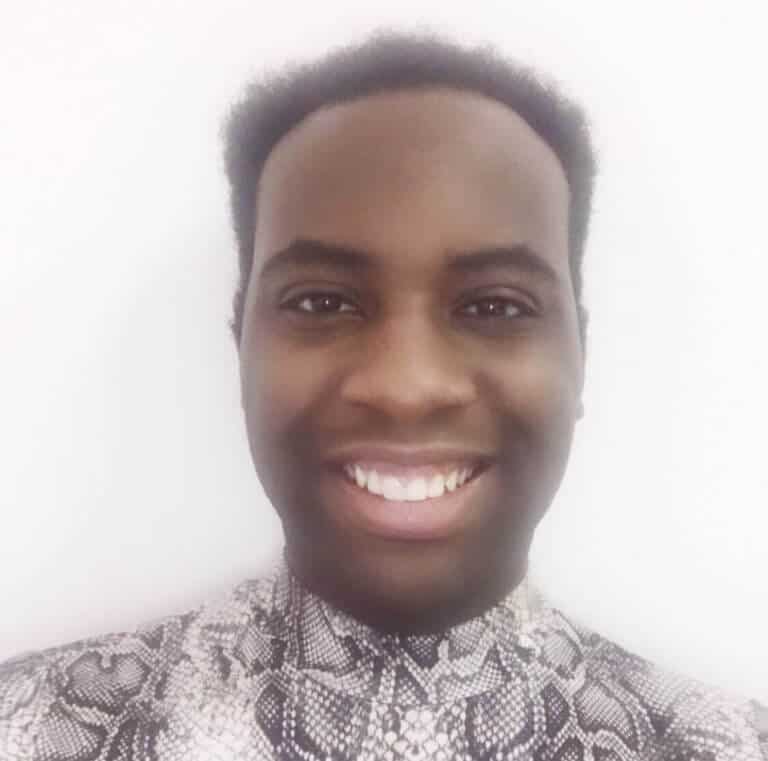There is no boundary for how music impacts us. There is a power with understanding the essence of sound. But what actually is sound? Do people with hearing capabilities take sound for granted? There is a common misconception that deaf individuals are not able to experience the glorious sounds of musical interpretation. This false narrative will be examined through understanding the concept of sound, how deaf people interpret music and which part of the cranium process various sound waves. Additional tips on how others can aid the deaf community through a musical experience will be developed.
Music has the ability to open the most creative spot of my mind, body and soul to build an art form from inner emotions. There is music and sounds all around us! It’s safe to say that many of us rely on the sounds of life to dictate our actions in a multitude of ways.
From the sounds of a baby crying from a restless night to the sounds of a busy street, sound creates a crucial impact for human beings’ happenings. Some of us don’t appreciate the act of listening and accessing music through its very simple process.
Sound has been a strong component of many people’s creativity. From the mainstream sounds of the car radio, to the subtle sweetness of supermarket music, music continues to narrate life.
Deafness and Sound
Deaf individuals have a stigma that they can’t access or experience music. But this stereotype or misunderstanding is completely false. The way deaf individuals listen to music is simply different. Through understanding sound in correlation to the deaf community, it is important to point out that there are many levels to deafness.

The range can develop anywhere from hearing loss to complete deafness, which is the halting of sound completely. When a hearing individual encounters sounds – as simple as hearing the alarm clock ring in the morning – a prominent wave or vibrations bombard the ear.
Music is a particular sound that uses the combination of various pitches. Pitch is the quality of the sound altering from high or low. According to Medium.com, the measurement of sound waves is called Hertz. Human beings can hear from 20 hertz (infrasound) to 20,000 hertz (ultrasound).
Infrasound can come from earthquakes or severe storms. The waves’ atmosphere is through the air as the speed of the wave dictates your ears depiction of sound. The waves also vary from high to low frequencies. Low sounds create slow and long waves, high frequencies come from short and fast waves.
With the lack of one of the five senses, deaf individuals rely on the other fourth senses to take the place of the loss of hearing. The sensory cortex is the part of the brain that centres on touch and feedback.
The sensory cortex becomes reactive when listening to an instrument or while dancing. When you are hearing that intense full body vibration at a live concert, this occurs when low frequency vibrations become apparent. For the deaf community the vibration is key for music listening. When hearing is damaged, higher pitches and soft sound are unrecognisable. Through the musical vibrations, they can create an optimal music listening experience.
Three parts of the brain (Nucleus Accumbens, Amygdala, and Cerebellum) work together to create a parallel experience with music and emotion. There have been many times where a song would begin playing and it was instantly been recognisable to me. Through the beginning of the song, memories flood into my mind and drown me with emotional flashbacks and past experiences.
People who are deaf have the same experience with music as well, through the bass notes of a song rather than through its high-pitched melody.
The auditory cortex is a part of the brain that listens to sounds and analyses the perception of sounds. With cortex is seen as the most important part of the brain when recognising and interpreting music. People who have functional hearing, music is processed through the ear and body.
Making Waves
The sound is then translated into neural messages that are processed by the brain. With people who are deaf, the same occurrence applies however neuronal messages are not accessed from the ears to the auditory cortex. This cortex additionally takes control and responsibility of touch. Feeling the bass through speakers or vibrations in the floor, allows the deaf community to touch and feel the musical components into order to interpret.

Music has no boundary for how people can experience it. The sounds of music blend it’s entities to fit the need of the individual. Through the new-found understanding the power of music and its capabilities continues to amaze me. Through the various parts of life that sounds helps for someone like me, I find it hard to imagine a world without sound.
The brain plays a huge part in the interpretation of music. Through the vibrations of high and low Frequencies, the deaf community highly rely on musical information through feeling and touch. The parts of the brain that manage sound simply adapt and function differently through passages other than the ears.
It is important to understand that the halting of hearing isn’t a crutch or should be seen as a disastrous thing. It has become clear to me over the years, that the deaf community has defined every other sense, and continue to break down the social barriers put upon them to succeed.
Photos: Shutterstock
Want to read more about music? Head here:
Support us!
All your donations will be used to pay the magazine’s journalists and to support the ongoing costs of maintaining the site.
Share this post
Interested in co-operating with us?
We are open to co-operation from writers and businesses alike. You can reach us on our email at cooperations@youthtimemag.com/magazine@youthtimemag.com and we will get back to you as quick as we can.










